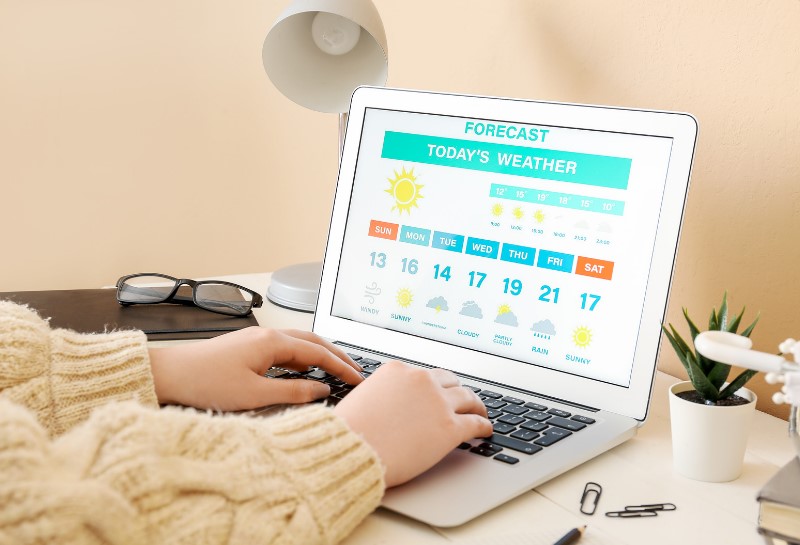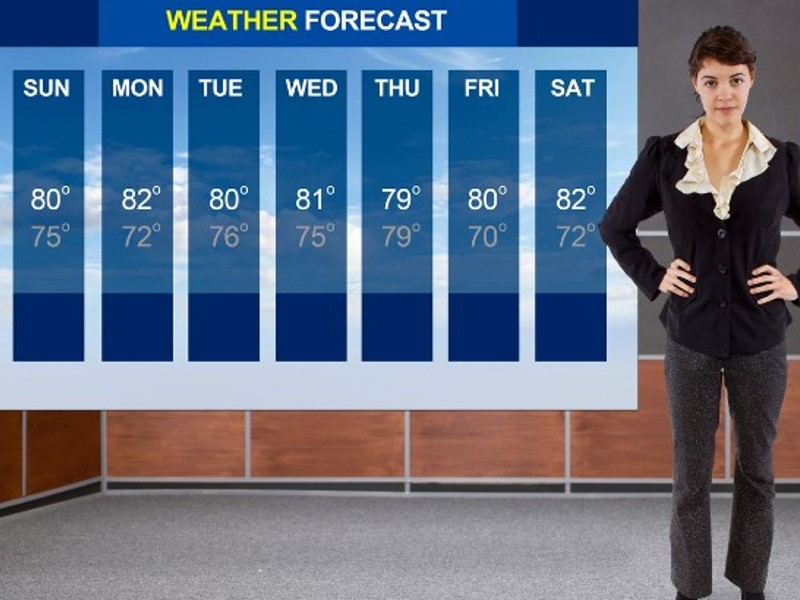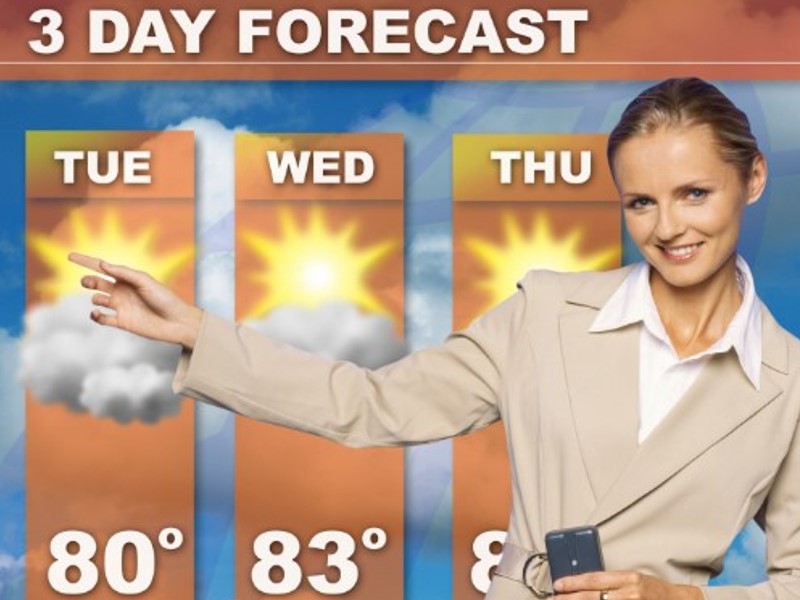Table of Contents
Weather forecast Slovenia involves using science and technology to predict or forecast atmospheric conditions for a specific period and location.
Since time immemorial, mankind has been carrying out an informal way of forecasting weather, which only became official when the 19th century came.
Weather forecasting which was once done manually with a primary focus on existing weather patterns, cloud cover or state of the sky, and barometric pressure variations is now accomplished with the help of computer-based models that can explain numerous atmospheric variables.
The weather forecasts that the general public has come to know these days are achieved through accumulating objective data regarding the atmosphere’s actual condition in a specific area. Meteorology is then used to predict the future behaviour of the weather.
Human feedback is necessary as well when it comes to choosing the best forecast model possible that will serve as the basis of the forecast.
The art and science of weather forecasting have an economic role as well. Slovenia and other countries across the globe spend substantial sums on weather forecasting just to ensure more gains and returns on investment.
The Importance of weather forecast Slovenia
Weather forecasts in Slovenia have numerous uses and applications in people’s everyday life. This could be something as simple and seemingly mundane as trying to decide on what clothes to wear or if you should bring an umbrella or not to work.
The following are other areas and aspects where weather forecasts also play a significant role:
- Weather forecasts assist in both the storage and transportation of food grains.
- Weather forecasting helps deal with cultural operations including hoeing, harrowing, and the like.
- Weather predictions aid in implementing initiatives to protect livestock.
- Both nature and the different seasons have a key role to play in farming and agriculture. Temperature is critically essential as far as farming different vegetables, fruits, and pulses is concerned. Back in the day, farmers weren’t familiar with weather forecasts, leaving them with no choice but to depend on estimates alone to carry out their jobs. Unfortunately, inaccurate forecasts often result in losses for them.
Today, farmers can access weather forecasts directly on their smartphones, all made possible by technological advancements as well as the use of distinct mechanisms for weather forecasting. This particular field requires education. But at this point, most farmer communities already understand the basics, which makes it easier for them to use the different features available.
- weather forecast Slovenia is also critical as it helps identify future possible changes in the climate. The use of latitude can help determine the probability of hail and snow getting to the surface. It also helps in the identification of the sun’s thermal energy that a region is exposed to.
Climatology refers to the scientific study of climates, or weather conditions over a certain period. Several studies in atmospheric sciences also use variables and the averages of accumulated long-term and short-term weather conditions. Climatology is not the same as meteorology. This can also be divided into several areas of study.
Main Types of Weather Forecasts
Just so you know, weather forecasts also come in different types, and these include the following:
Long-Range Weather Forecasts
This particular type of forecasting lasts for over four weeks. These long-term forecasts are mostly major upcoming strategic decisions that should be taken within and for the organization. Using resources to the fullest is the main focus of these forecasts.

Long-range weather forecasts also deal with basic instead of specific items. It means that organizations are more concerned regarding the general current trends, keeping up with these trends, and regular attempts to calculate revenue-generating sales throughout periods longer than two years. Bigger industries also need accurate predictions for 10 years or more to deal with the changes.
The only issue about these long-range weather forecasts is that these can’t be too vague. Prediction planners blamed these forecasts the moment things went wrong and completely the opposite of the forecast and prediction. Everyone affected often criticizes the forecasts as a result.
Medium-Range Weather Forecasts
Medium-range weather forecasts last from 3 to 4 days up to two weeks. These are meant for smaller strategic resolutions in connection to the business’s nature. These forecasts are extremely critical in the fields of business development and budgeting. These forecasts serve as the basis for deciding on company budgets.

Incorrect weather forecast Slovenia can seriously affect other areas of the organization. As a result, the organization is left with no choice but to handle unsold stock and spend more than necessary on production all over again.
Large sums of money will be paid to creditors and banks and the stocks might have to be sold off at cheaper prices. There’s also the risk of organizations going bankrupt because of inadequate attention to the medium-term forecasting of sales. The common timeframe for these forecasts is typically a year.
Short-Range Weather Forecasts
Short-range forecasting lasts for a day or two. The weather has a significant impact on the patterns of everyday activities of humans, their comfort zones, and food production.

Weather forecasting plays a critical role in planning both future and current activities. This means that numerous aspects can greatly affect the outcome of the forecasts.
Weather Forecasting Methods
The following methods are used for weather forecasting:
Numerical Weather Prediction
Numerical weather prediction forecasts weather with the use of statistical models of oceans and the atmosphere according to the present weather conditions. This system expresses the atmosphere’s action through the use of a series of equations that are based on the physical laws that govern air pressure, airflow, and other similar data. This method is considered the best for medium-range weather forecasts.
Statistical Method
This weather forecasting method is where regression equations as well as other advanced relationships are developed between different weather elements and the resulting climate. Weather criteria or predictions are often chosen according to possible physical interaction with the forecasts.
Synoptic Method
This method of weather forecast Slovenia uses a systematic study of the latest weather forecasts from an expansive location. Current weather conditions are associated with comparable previous scenarios, with predictions based on the main premise that the present scenario would have similar behaviour to past analogous situations.
Posts from the same category:
- Australia braces for second heatwave as wildfires continue to rage
- Boeing grounds several 787 planes after manufacturing defect found
- Trump refuses to concede he was wrong about hurricane forecast
- Israeli F-35s Could Soon Be Taking On Iran's Cruise Missiles
- Tens of thousands rally in Europe, Asia before UN climate summit








